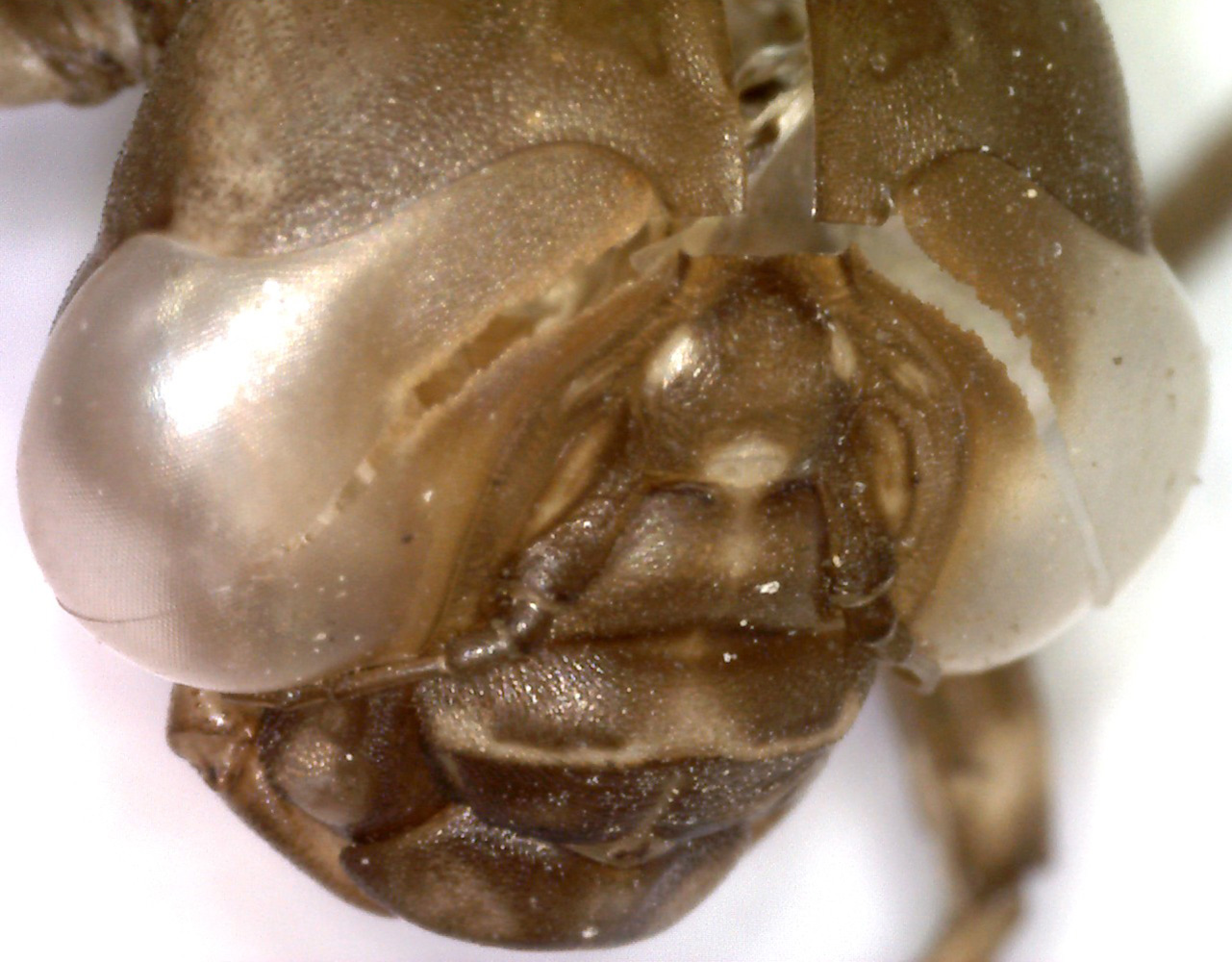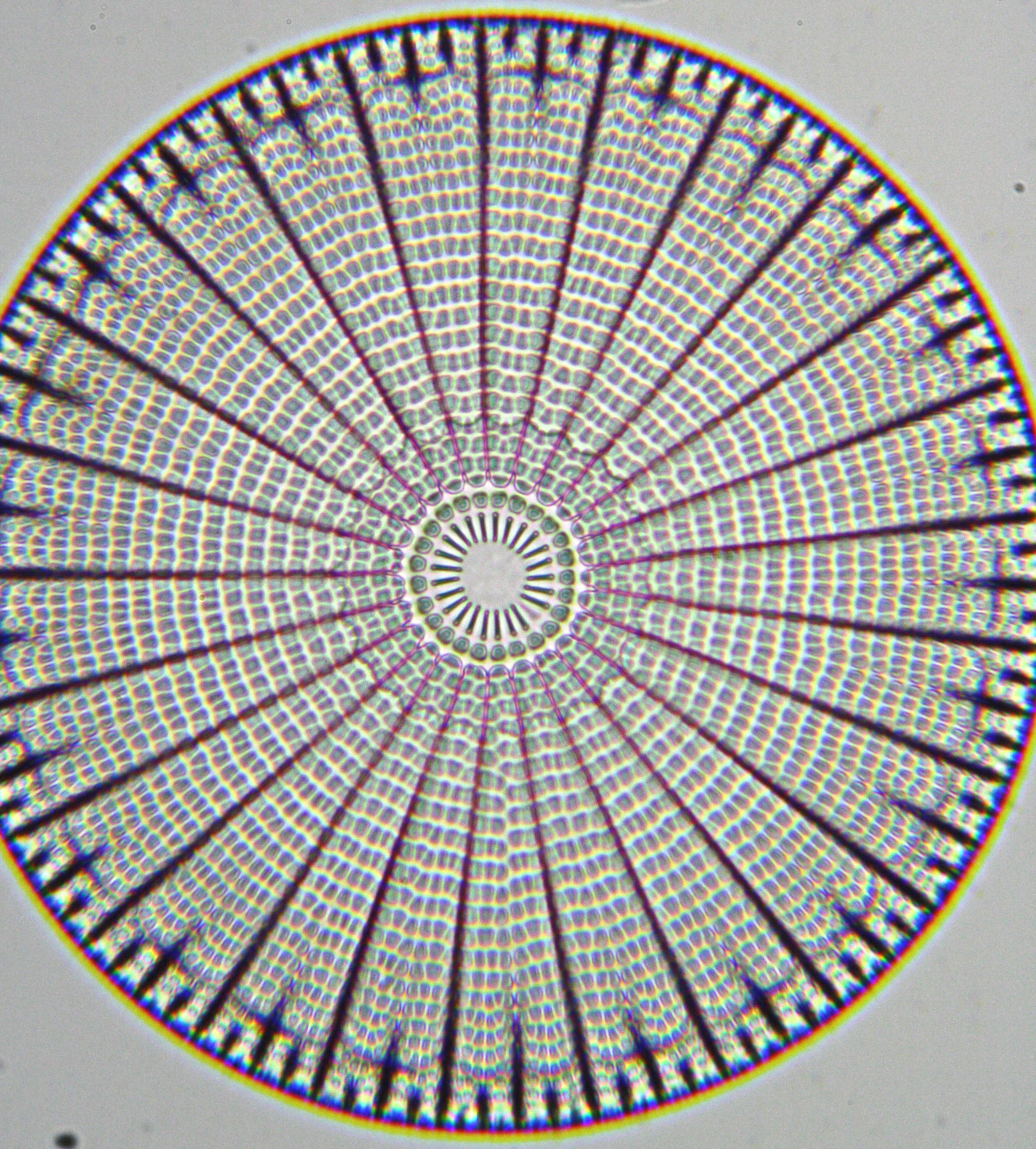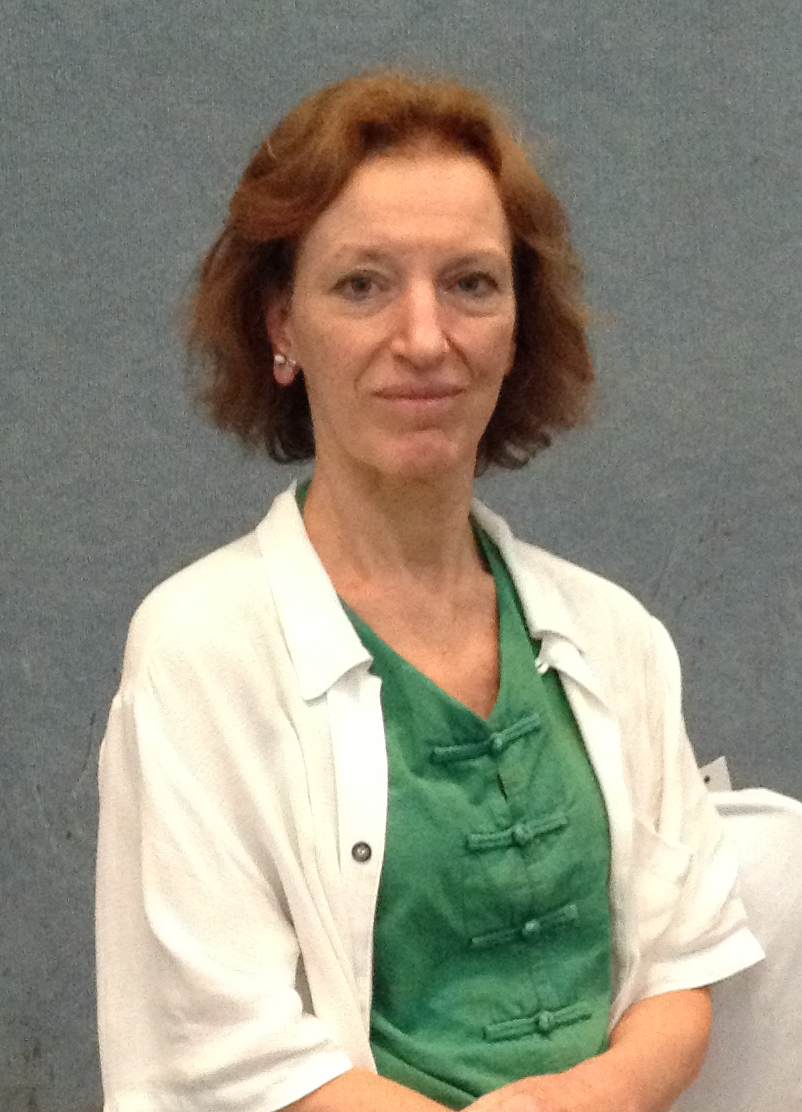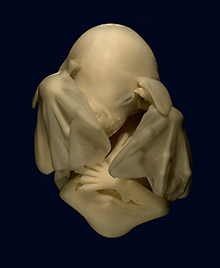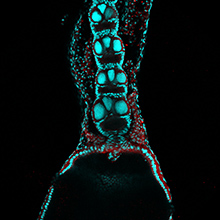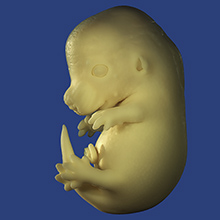By Henrique Marques-Souza and Rodrigo Nunes da Fonseca
Widely known as the country of soccer, samba and beautiful beaches, one might wonder if it is possible to perform high quality research in Developmental Biology in Brazil with so many distractions. What are the pros and cons of doing research in this area in Brazil? Is there any tradition? How is the actual funding situation and scientific environment? How many research groups research Developmental Biology and what are the future perspectives?
2014 is a special year for Brazil not only because of the World Cup but also because of the 150 years of the publication of the book of the great German Naturalist Fritz Mueller Fur Darwin (1864), which has beautifully described Brazilian Crustacean Development and its evolutionary relationships providing an astonishing support to Darwin’s theory of Evolution by means of Natural Selection. Interestingly, Fritz Muller´s descriptions were done at home with the help of a simple microscope, since no universities were present at that time in Brazil.
Many years have passed since Mueller´s discoveries and it is reasonable to say that the field of Developmental Biology remained for a long time dormant in Brazil, even during the revolution that happened in Germany and in the US with the rise of Drosophila developmental genetics in the 80´s. Many laboratories in Europe and in the US have set the ground state of Evolutionary and Developmental Biology, as it was only in the late 90’s that Brazilian researches, that had joined these pioneer laboratories as postdoctoral fellows, started to change this situation by returning to establish their labs in Brazil. In 2001, these researchers joined efforts to organize the First International Symposium of Developmental Biology in the city of Ribeirão Preto, São Paulo, with several renowned speakers from Europe and US joining in. This meeting represented the first countrywide contact between researchers and was vital to attract many young students to the developmental biology field, including one of the authors of this post. In parallel, the Unesco Chair of Developmental Biology, led by Nicole Le Douarin, (http://www.anato.ufrj.br/catedraunesco2008/en/unesco.htmBrazilian) has organized and supported several practical courses in Developmental Biology since 1999, especially in less developed states in Brazil. Today, laboratories in different Universities, all over the country, are specifically dedicated to Developmental Biology, with a young and active research community that provides the field with a interactive network of peers and laboratories, allowing for critical discussions and exchange of students and techniques between labs. As a consequence, Brazilian researchers are a significant part of the Latin American Society of Developmental Biology (http://lasdbbiology.ning.com/), having today the Brazilian Developmental Biologist José Xavier-Neto as the president.
What about funding? Over the past years Brazil’s investments in science and technology has significantly increase. While federal funding agencies are the lonely responsible for the funding for most Brazilian states, the states of São Paulo, Minas Gerais and Rio de Janeiro, have their own funding agencies. Due to the higher state income taxes, these states have a much higher funding availability than the remaining regions of the Country. As a consequence, most research groups are located in these three states in Southeastern of Brazil. Only in 2013, the São Paulo funding agency (FAPESP) invested over US$511 million in funding awarded to research projects (http://www.scidev.net/global/funding/feature/funding-brazil-s-science-sao-paulo-s-success-story-1.html). With good scientists and funding available, is there any limitation to Brazil’s advance in Developmental Biology?
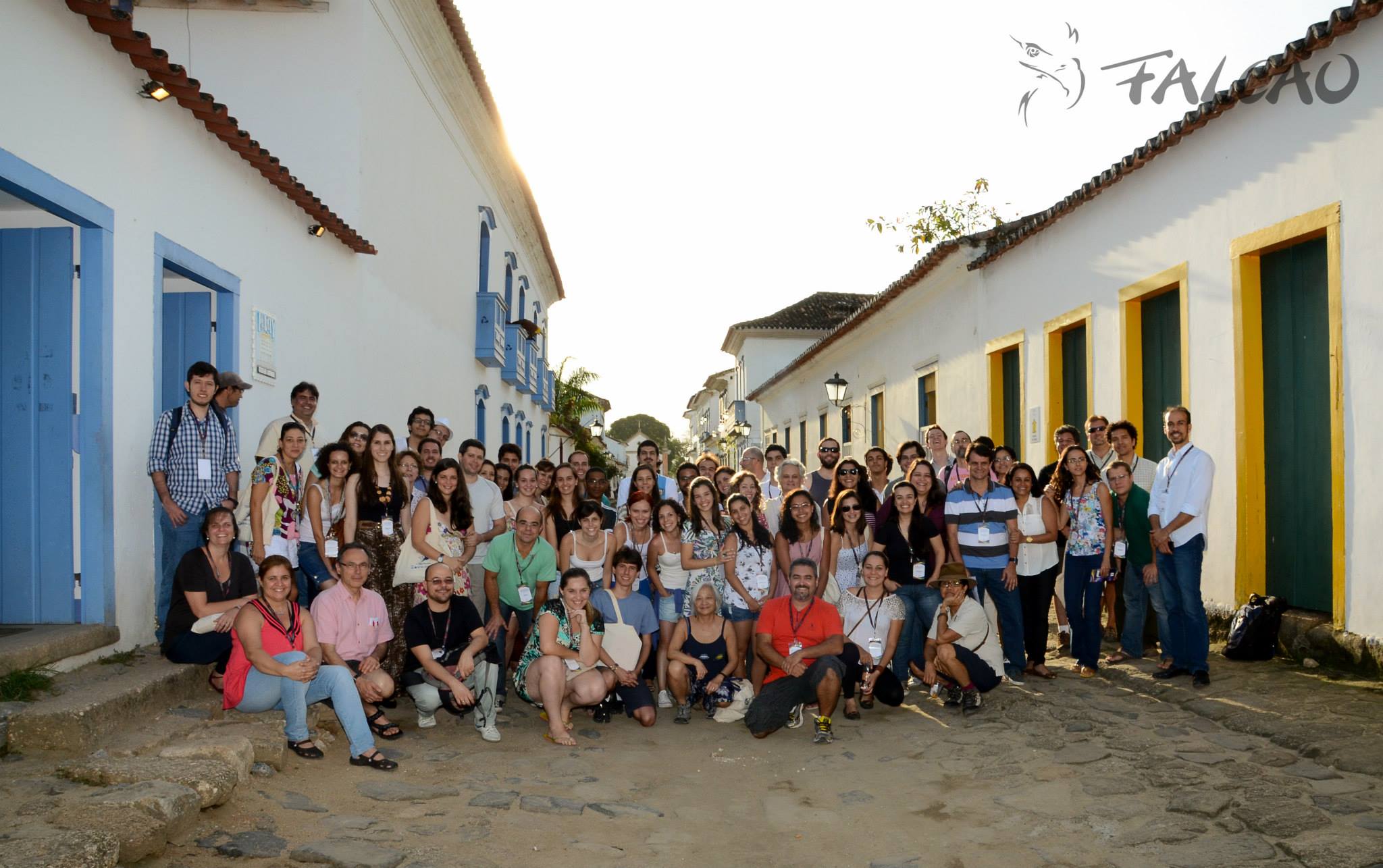 Participants of the last International Symposium on Developmental Biology, held in the charming coast city of Paraty, in November of 2013.
Participants of the last International Symposium on Developmental Biology, held in the charming coast city of Paraty, in November of 2013.
Here we highlight three issues that we consider some of the most important. First, the scientific community in Brazil studying Developmental Biology, although in the rise, is still very small, with national meetings hosting not more then 200 participants countrywide. This fact has a direct impact on the influence that this community could have scientifically and politically in the country and worldwide. Second, Brazil has one of the largest taxes and bureaucracies for imported goods. Antibodies, enzymes, primers, cell lines, media, genetically modified animals, and everything else related to research that comes from abroad has its price tripled due to taxes bureaucracy. Also, since we depend on importing most of our reagents and equipment, the experiments and lab stocks have to be tightly programed to avoid having to freeze research while reagents are being shipped. Third, science has the great advance of being fluent, stateless and worldwide. Today, through science, anyone can study anywhere at any time. In Brazil, the program Ciênicas sem Fronteiras has allowed Brazilian undergraduate and graduate students to spend time studying and doing research abroad. Also, the state funding agencies and graduate programs finance and stimulate students to perform part of their research abroad. This great advance of the fluency of science is still not that advantageous to Brazil. On can image that the best students are being recruited to the best universities and research institute all over the world. One day Brazil will for sure be also attractive for science, but until then, the brain evasion has being affecting us, especially in basic research such as Development Biology. As everywhere, the more impact our research make in the scientific community, more attractive it will be, not only for Brazilians abroad, but also for every scientist interested in competitive research. Great times are coming!
A recent wave of ‘comebacks’ happened in the past few years, with young scientists that did their PhD and postdoctoral training in the US and Germany returning and establishing research groups in different states of Brazil. These research groups are very well funded, creating solid networks of interaction among then and with research groups abroad, and hunger to help the pioneers to take Brazil’s Developmental Biology research to impact the world with original and cutting edge science!
If you are interested, we welcome you into this fascinating journey….
Rodrigo Nunes da Fonseca is a Professor at Federal University of Rio de Janeiro, in Macaé, in Rio de Janeiro State, and Henrique Marques-Souza is a Professor at University of Campinas, in São Paulo State.
 (3 votes)
(3 votes)
 Loading...
Loading...



 (No Ratings Yet)
(No Ratings Yet) (1 votes)
(1 votes)
